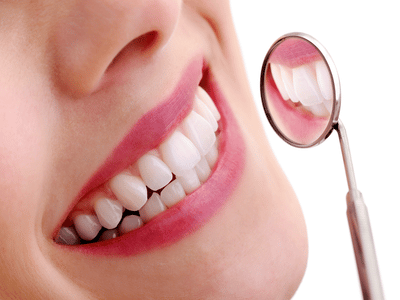
In This Post, We’ll Cover
- White Spots with Braces
- Professional Whitening
- At-Home Whitening Solutions
White Spots with Braces
White spots that appear because of orthodontic treatment are called white spot lesions (WSLs), and they are something completely avoidable. Orthodontists are frequently asked about the possibility of white spots after braces, but what determines if WSLs will be present after treatment is your brushing habits.
The best way to prevent WSLs is to keep your teeth clean and practice the best oral health routine you can. Brushing twice a day, flossing, and using fluoride can all help. You can even upgrade to an electric toothbrush to better reach spaces blocked by your braces.
Professional Whitening
Unfortunately for those of us who don’t have to worry about WSLs because of braces, stained teeth are still a problem. Many things can cause tooth discoloration. Certain foods and drinks like tomato sauces, red wine, coffee, and blueberries can stain and discolor teeth. And a poor brushing and flossing routine will also lead to less-than-pearly whites.
Fortunately, there are many solutions to discoloration. Teeth whitening kits are available online, over the counter, and from your dentist. Dental studies report that bleaching or whitening products can improve the color of teeth that stain over time. Over-the-counter whitening products usually contain a chemical called carbamide peroxide, a breakdown of it called hydrogen peroxide. These store-bought whiteners are about 10% of the whitening agent. There are prescription options available as well which can contain up to 35% of the whitening agent.
The chemicals dental professionals use are stronger than a store-bought option but won’t hurt your gums and mouth. These treatments are temporary and last six to twelve months.
At-Home Whitening Solutions
Another solution to stained or discolored teeth rests in your diet. Many of the factors that cause staining are a result of foods like coffee, soda, wine, and tomato sauces. But the good news is that there are also foods that counteract those that discolor your teeth. For example, adding strawberries, apples, celery, and carrots to your diet can help whiten your teeth naturally. These fruits and veggies have naturally occurring chemicals like malic acid in strawberries and saliva production agents in apples or celery that can help clean out your mouth and whiten teeth.
Foods with high acidity also increase saliva production but should be eaten sparingly when acid content is high to reduce the risk of tooth damage. In addition, dairy products contain lactic acid, which may help protect against tooth decay. Additionally, the protein in these foods is thought to bind to teeth and protect them from attack by the harmful acids that cause cavities!